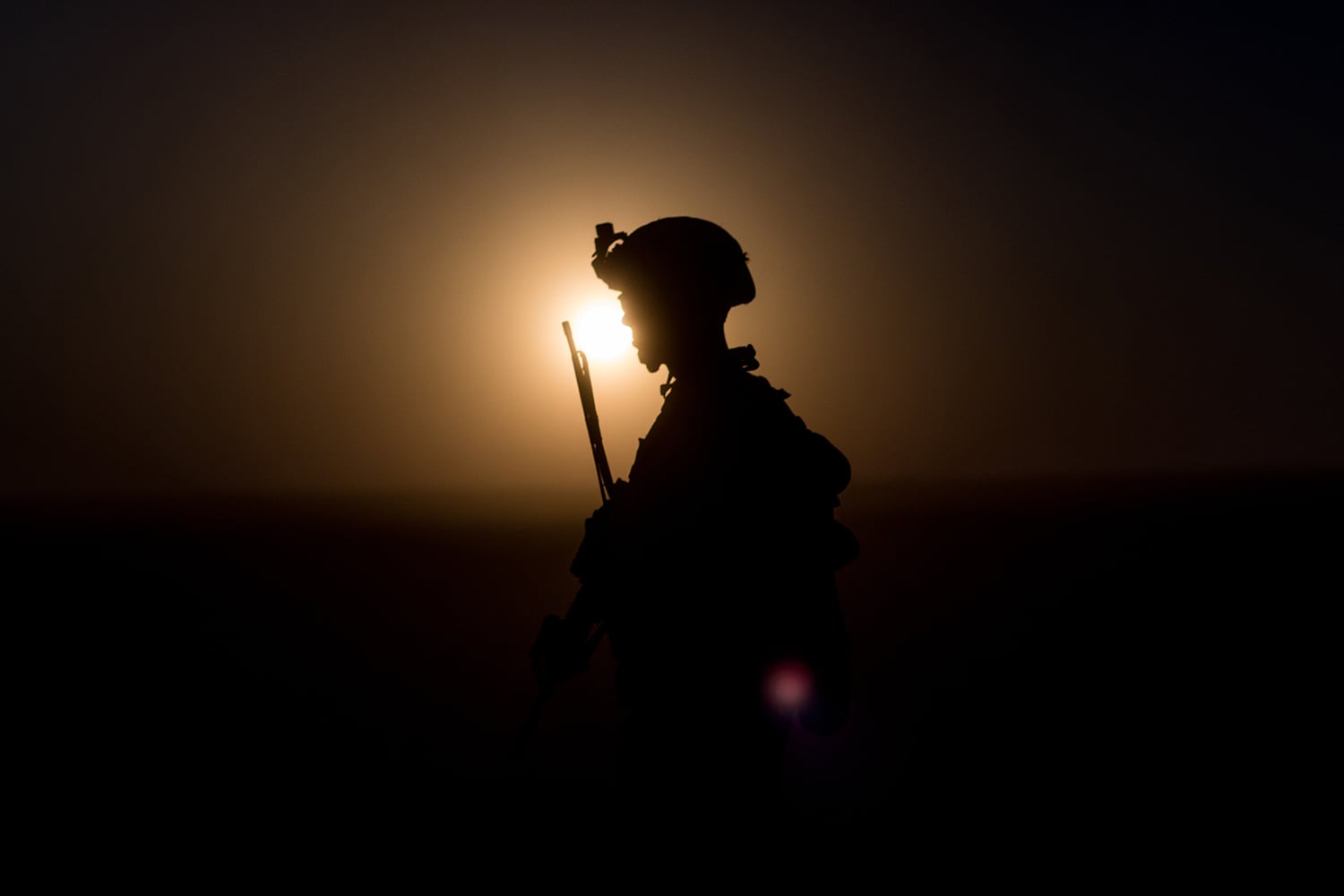There are no plans to move troops out of Jordan, a Pentagon spokeswoman told reporters Monday, and U.S. Central Command continues to investigate how an Iran-backed militia’s drone was able to evade detection and detonate above a housing building at Tower 22, killing three U.S. soldiers and wounding dozens more on Jan. 28.
While troops are more than likely to stay put at the remote outpost on the Syrian border, officials are mulling options for upgrading air defenses at Tower 22 and other small outposts across the Middle East.
“I’m not going to go into those conversations, or what changing our posture looks like, but that’s absolutely something that is being discussed,” spokeswoman Sabrina Singh told Military Times.
Singh did not say whether some of those changes could take place before CENTCOM has finished its review, as attacks continue.
In the weeks following Hamas’s Oct. 7 attack on Israel, and amid the bombing campaign Israel launched in retaliation on Gaza, the U.S. moved thousands of troops, some ground and some on ship, to the region, in hopes of preventing other groups from stirring up more conflict.
Those mobilizations included a Terminal High Altitude Area Defense battery and multiple Patriot missile air defense battalions to shoot down drones and missiles.
For much of the past six months, those air defenses have been successful, preventing a “majority” of the 168 attacks on U.S. troops in Iraq, Syria and now Jordan, Singh said.
That includes 67 in Iraq, 100 in Syria and one in Jordan, with more than 80 U.S. injuries among them.
“Not that we don’t take those seriously,” she added. “We absolutely do. But the impact of those [attacks] on our bases have not been significant until what happened at Tower 22.”
Early unconfirmed reports have suggested that the drone was confused for a friendly aerial vehicle that had been due to return around the same time, in the early morning hours of Jan. 28.
RELATED

Or it may have been an issue of Tower 22′s air defenses. The Washington Post reported Tuesday that the base only had electronic-jamming equipment that missed the drone because it was flying too low.
Pentagon officials have declined to comment on either theory, citing CENTCOM’s ongoing investigation into the attack.
Increasing security measures could be the most feasible option for protecting troops in the Middle East for now, as thousands remain deployed and teamed with local forces as part of a mission to prevent the resurgence of the Islamist terrorist group ISIS.
“Across Iraq and Syria and Jordan, the mission of these service members is the defeat-ISIS mission,” Singh said. “So moving our troops and our service members into different areas takes away from the mission.”
Meghann Myers is the Pentagon bureau chief at Military Times. She covers operations, policy, personnel, leadership and other issues affecting service members.





